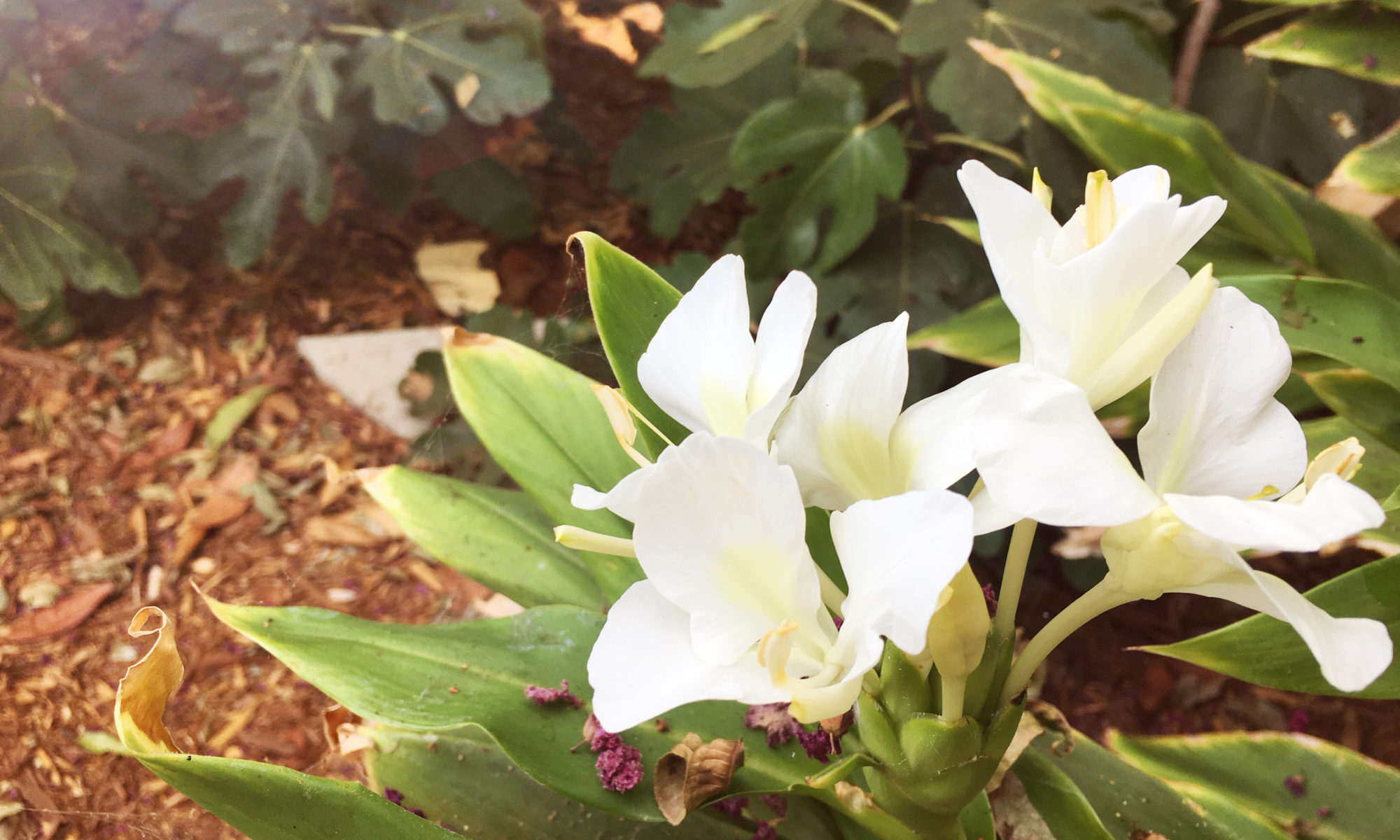Ever since we purchased our home in 2015, I keep thinking about compost tumblers! I really wanted to be able to reduce the amount of compostable wastes that goes into our garbage, and would also like to reduce the amount of leaves that we need to cart out of our yard every autumn. A composter seemed like a great idea to achieve both goals.
First, I googled a lot of diy compost tumblers. One of my favorite, and the one I followed most closely ultimately, was this youtube video: https://youtu.be/Xoypwb7dHDg
After a bit of research, I decided to go with 55 gallon drum composters. There are two version, those that rotate along the long axis (end to end- image A below) and those that rotate along the short axis (as you would if rolling the barrel along the ground-image B below).

Rotation along long axis (A) 
Rotation along short axis (B)
I decided to go with rotation along the short axis (image B above). There’s a number of reasons to choose one over the other, here are a couple of them:
- If the barrel you get is already opened on one end, it might make more sense to go with A. In my case, the ends are sealed, exactly like in the images above.
- For A, it makes sense to have the opening be at one of the ends. For B, it makes sense to have the opening be along the side of the barrel. Putting in materials is rather easy, consider how one might want to remove the materials, and how this might affect the barrel stand in terms of clearance for a collection bin, or how to maintain a particular barrel position.
- If you want a stand to facilitate rotation of the barrel, rotation along the long axis seems to be subject to more stress; most instances with this rotation had a post of some sort driven through the midway point of the barrel (see the black line in image A above) as and the whole barrel would need to be suspended above the ground in order to have full clearance to rotate. This seemed like a lot of stress to put on the side of the barrel. On the other hand, rotation along the short axis can occur either by suspending the barrel via a post driven through the top and bottom of the barrel (see black line in image B above), which may have some stress issues similar to rotation along the long axis. Another option with rotation on the short axis is that the rotation could also occur along the long axis on the outside of the barrel (see orange line in image B). It can roll along flat ground, or it can roll on a stand with rollers. This last option seemed to me to subject the barrel to the least amount of stress during rotation.
- Clearance required to rotate A is much more than B. I can just imagine smacking myself trying to rotate the barrel in A… And also consider the space where you want to put these…
- Mixing of the material in A seems to be limited to flipping from one side to the other. The benefit is that no additional ‘paddles’ need or would make much sense to be installed in the interior. Mixing of the material in B can be increased with the installation of ‘paddles’ on the inside of the barrel to encourage agitation.
- Surface area of the material in the bin is constant in A; likely it will most often sit in an ‘upright position’. Surface area of the material in the bin is more variable in B. Conversely, the material might be more densely packed (or compacted) in A vs. B.
- I felt that constructing a rolling stand for B would be easier and more forgiving. Also, in B, I wouldn’t have to figure out a centerpoint for the barrel if I made the orange line the axis, as it’ll just be rolling on rollers.
I decided to go with B, with the orange line as the axis. It seemed the easiest and least finicky. I feel I spend so much time on these projects, I didn’t want to encourage myself to spend even more time fussing with compost tumblers when I had so much weeding still to do! Mostly, I followed the steps in the video I referenced above, but here are the fine details for my particular project.

Materials for each composter:
- 55gallon drums. Purchased off Craigslist for $25/each. Previously used to store corn syrup. Ours are fully closed (no open lid) with bungholes on one side. It is about 35.5″ long and 22.75″ in diameter.
- 2×3 wood studs. 2 each of 34.74″ and 17.25″. Should get more longer to adjust to the size of your drum.
- 2×4 scrap studs. I had two lengths of ~20 inches.
- 4x 2″ Rubber Rigid Caster. Purchased from Harbor Freight for $27.79/each.
- 1.5″ width 12″ long Brass steel Continuous Hinge. Purchased from Ace Hardware for $7.99/each.
- 6″x 12″ 23 Gauge Hardware cloth with 1/4″ openings. At my local Ace Hardware I can get a certain length cut of the roll and just pay for that. A 24″x 5′ roll of this is $15.00.
Fasteners:
- 8x 1.25″ wood screws. To secure casters to the wood frame.
- 4x 2″ construction screws. To secure the frame. *If I did this again I would use double, or 8x 2″ construction screws to secure the frame.
- 12 sets of fasteners (screw, washer, nut) for the hinge.
- 6 sets of stainless steel fasteners (screw, washer) for the interior paddles.
- fasteners (screw, washer, nut) for the latching hardware and opening hardware.
